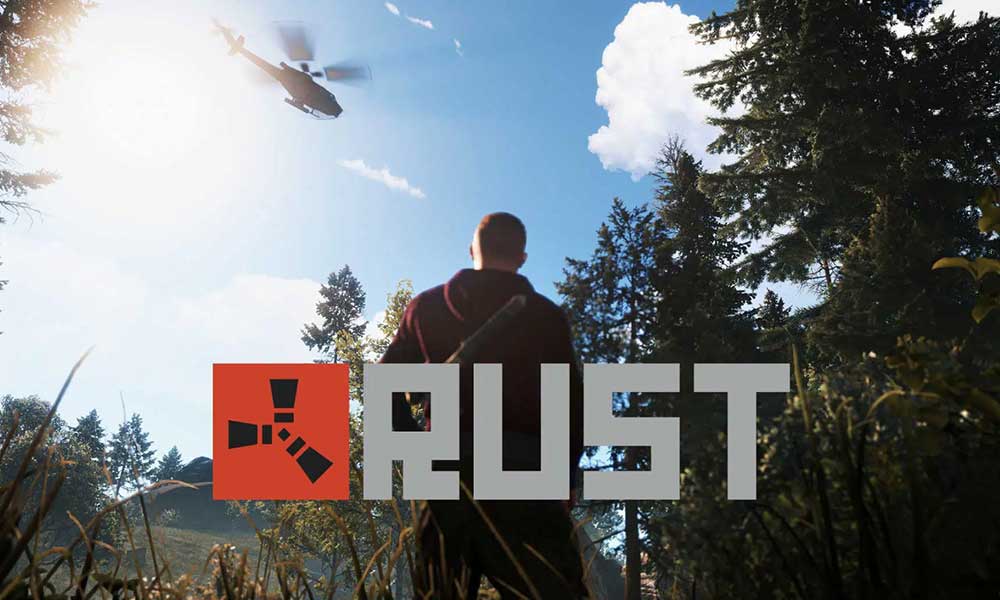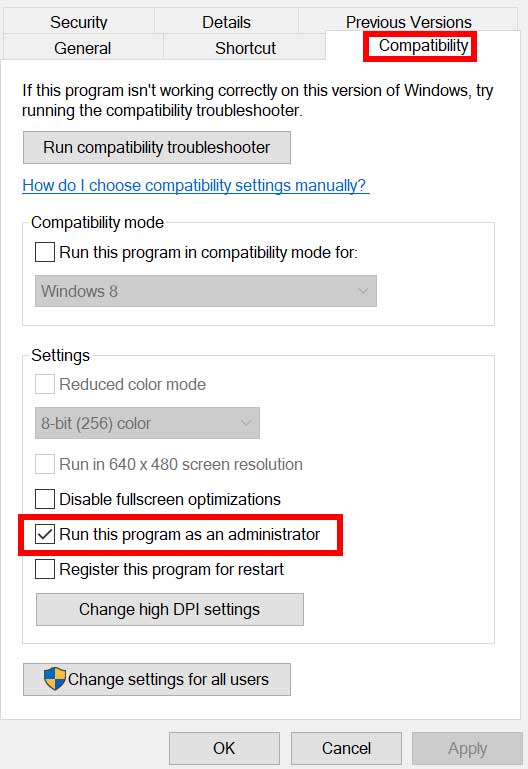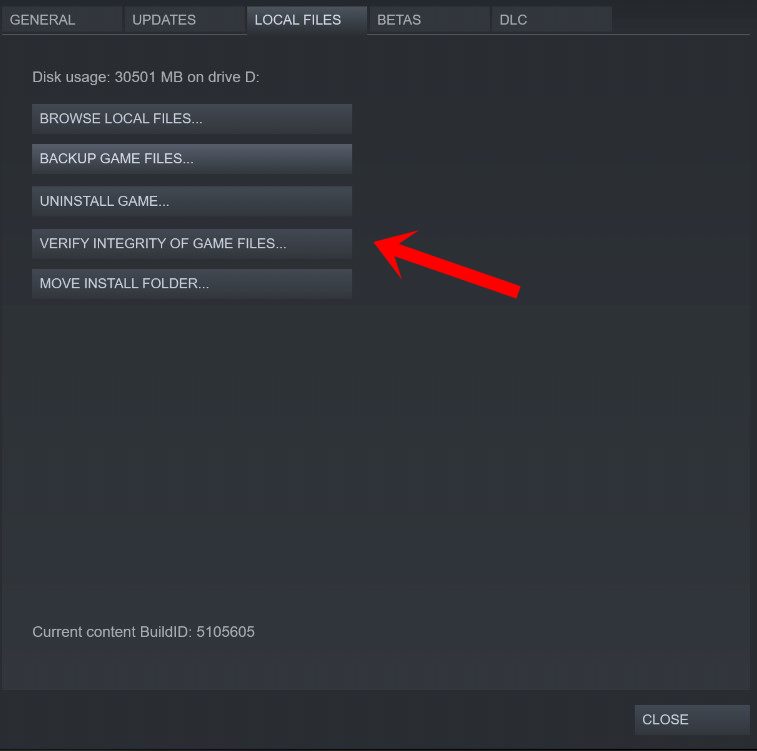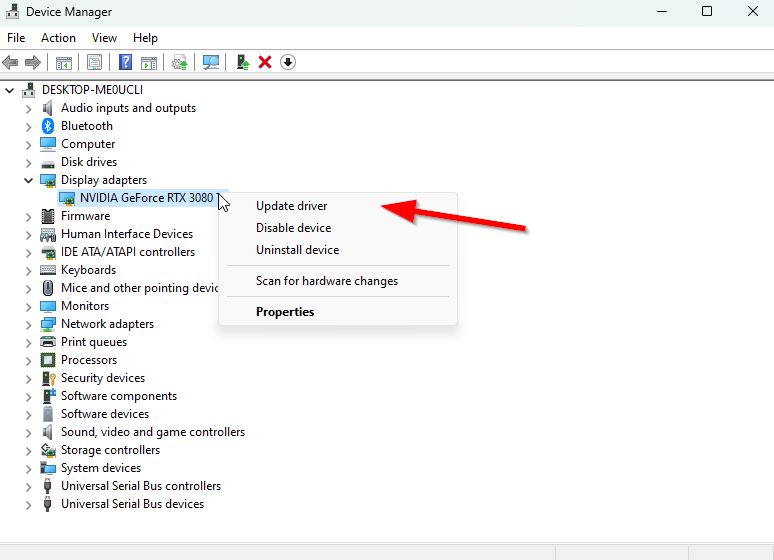With the multiplayer survival game, several Rust players are encountering issues with the frame drop while shooting anyone which basically results in losing the fight. As this is frustrating, affected players are really disappointed with this bug or issue. Though there is no specific solution available yet, you can check out this guide to fix Rust Freezing or Lagging When Shooting on the PC with some troubleshooting methods. Low FPS issue is common among multiplayer titles but especially while attacking is weird.
According to affected Rust players, this specific issue or the FPS drop bug can be caused due to several reasons, including an incompatible system specification, an outdated GPU driver, incorrect settings with the in-game graphics, corrupted or missing game files, conflicts with the startup apps, CPU or GPU overclocking, and more. Whereas sometimes the internet connectivity issue or slower data speed can also trouble you a lot that we can’t deny at all.

Page Contents
- Fix: Rust Freezing or Lagging When Shooting
- 1. Restart the PC
- 2. Check the System Requirements
- 3. Run Steam as an Administrator
- 4. Check the Network Connection
- 5. Update the Rust Game
- 6. Verify and Repair the Game Files
- 7. Check for Graphics Driver Updates
- 8. Configure the Optimal Graphics Settings
- 9. Use High-Performance Graphics for Rust
- 10. Disable Fullscreen Optimizations
- 11. Close Background Tasks
- 12. Disable In-Game Overlay Apps
- 13. Disable High Precision Event Timer
- 14. Set Affinity for Rust in Task Manager
- 15. Disable Windows Firewall
- 16. Report a Bug from In-Game
Fix: Rust Freezing or Lagging When Shooting
As per Rust forum reports, most of the time shooting someone using a gun causes either a huge frame drop or a minor lag in the gameplay visuals. It eventually causes the screen to freeze for a few seconds and results in losing the encounter. FPS dropping or in-game lag is quite relatable in video games, especially with the PC version but there are some workarounds mentioned below that should come in handy. Make sure to follow all methods until the bug gets fixed.
1. Restart the PC
You’ll need to exit the Rust game and then close the Steam client. Then restart the computer to refresh the system glitch or cache data issue completely.
2. Check the System Requirements
It’s highly recommended to cross-check the system requirements of the Rust game to ensure there is no compatibility issue with the PC specification. Sometimes not running the game with the required specs might trouble you a lot with the smoother gaming experience. Both the minimum and recommended system requirements are mentioned below for your ease. If your PC specs don’t meet the requirements, just upgrade the specific hardware or software respectively.
MINIMUM:
- OS: Windows 8.1 64-bit
- Processor: Intel Core i7-3770 / AMD FX-9590 or better
- Memory: 10 GB RAM
- Graphics: GTX 670 2GB / AMD R9 280 better
- DirectX: Version 11
- Network: Broadband Internet connection
- Storage: 25 GB available space
- Additional Notes: SSD is highly recommended
RECOMMENDED:
- OS: Windows 11 64-bit
- Processor: Intel Core i7-4790K / AMD Ryzen 5 1600
- Memory: 16 GB RAM
- Graphics: GTX 980 / AMD R9 Fury
- DirectX: Version 12
- Network: Broadband Internet connection
- Storage: 25 GB available space
- Additional Notes: SSD is highly recommended
3. Run Steam as an Administrator
It’s also recommended to run the Steam launcher as an administrator on the PC by following the steps below to allow the User Account Control (UAC) permission. It eventually allows the system to run the game client and game application properly without any permission conflicts.
- Right-click on the Steam application on your PC.
- Select Properties > Click on the Compatibility tab.

- Click on the Run this program as an administrator checkbox to enable it.
- Once done, click on Apply, and then OK to save changes.
4. Check the Network Connection
You can also check out the network connectivity at your end whether the internet connection is working fine or not. Sometimes a poor or unstable internet connection can trigger several issues with the game launching and server connectivity. In case, you’re using a wired (ethernet) connection, you can switch to Wi-Fi or vice versa to cross-check there is no issue with the connection. Otherwise, contact your internet service provider and get technical support. If the internet is working fine then you can skip to the next method.
5. Update the Rust Game
If you haven’t updated your Rust game for a while and have some issues with freezing on the PC then simply update the game to the latest patch version by following the steps below.
- Open the Steam client > Go to Library.
- Click on Rust from the left pane.
- If there is an update available, click on Update.
- Wait for some time to install the update.
- Once done, exit the Steam launcher, and reboot the PC.
6. Verify and Repair the Game Files
Sometimes the installed game files on the PC might get corrupted or missing which might occur game lagging in specific scenarios. Verifying and repairing the installed game files on the system is recommended by following the steps below to fix several issues.
- Launch the Steam client > Click on Library.
- Right-click on Rust from the list of installed games.
- Click on Properties > Go to the Local Files tab.

- Click on Verify Integrity of Game Files.
- You’ll have to wait for the process until it gets completed.
- Once done, reboot your PC to apply changes.
7. Check for Graphics Driver Updates
You should always check and update the graphics driver to the latest version to avoid potential bugs, glitches, and incompatibility issues. An outdated GPU driver might trigger program launching issues which are required graphics resources to run smoothly on the Windows system. You can follow the steps below to do so:
- Press the Win+X keys to open the Quick Link Menu.
- Click on Device Manager from the list.
- Double-click on the Display Adapters category to expand the list.

- Now, right-click on the dedicated graphics card name.
- Select Update driver > Choose Search automatically for drivers.
- An update will automatically download and install the latest available version.
- You should wait for it to finish and then restart the PC.
Alternatively, you can manually download the latest graphics driver version and install it on the PC via the official website. Make sure to download the graphics driver file respective to your graphics card model and manufacturer.
8. Configure the Optimal Graphics Settings
You can easily find out all the optimal graphics settings for Rust that should come in handy. If your PC specification is on the lower side or becomes outdated then make sure to adjust the following graphics settings accordingly to get better performance. You can also try out some of the primary and useful settings to cross-check whether the in-game lag or FPS drop still persists.
- Resolution: Native resolution of your monitor
- Mode: Full Screen
- Vsync: Off [Turning it On will reduce frame rates]
- FPS Limit: 0 [You can also set it to high]
- Graphics Quality
- Graphics Quality: 2 – 6
-
- Shadow Quality: 0
- Shadow Cascades: No Cascades
- Max Shadow Lights: 0
- Water Quality: 0
- Water Reflections: 1
- World Reflections: 0
- Shader Level: 500
- Draw Distance: 1000
- Shadow Distance: 50
- Anisotropic Filtering: 1
- Parallax Mapping: 0
- Grass Displacement: Off
- Nvidia Reflex Mode: On + Boost
- Mesh Quality
- Particle Quality: 30
- Object Quality: 50
- Tree Quality: 50
- Max Tree Meshes: 50
- Terrain Quality: 20
- Grass Quality: 0
- Decor Quality: 20
- Anti-Aliasing: Off
- Depth Of Field: Off
- Ambient Occlusion: Off
- High-Quality Bloom: Off
- Lens Dirt: Off
- Motion Blur: Off
- Sun Shafts: Off
- Sharpen: Off
- Vignetting: Off
- Occlusion Culling: Off
- Grass Shadows: Off
- Contact Shadows: Off
- Sustain Pedal Support: Off
9. Use High-Performance Graphics for Rust
Another thing you can do is to use the high-performance graphics processor option for the Rust game from the dedicated graphics software by following the steps below. It’ll ensure that your game will run on the dedicated graphics card (external) and won’t use the integrated one. Integrated graphics card helps in generating visuals or minor display elements but can’t handle graphics-intensive tasks or video games to run properly.
For Nvidia GPU:
- Right-click on the desktop blank screen > Click on NVIDIA Control Panel.
- Click on 3D Settings > Select Manage 3D Settings in the left pane.
- Select the Program Settings tab.
- Choose Rust from the drop-down list.
- Now, select a High-performance NVIDIA processor.
- Save changes and reboot the PC to apply changes.
For AMD GPU:
- Right-click on the desktop blank screen.
- Select AMD Radeon Settings from the context menu.
- Now, click on System > Select Switchable Graphics.
- Make sure to save changes and reboot the PC to apply changes.
10. Disable Fullscreen Optimizations
It’s a better idea to try disabling the fullscreen optimizations on the Windows computer to ensure there is no issue with the fullscreen display feature in some scenarios. Some of the PC users did find this trick helpful. So, you can try it out.
- Right-click on the Rust application on your PC.
- Select Properties > Click on the Compatibility tab.
- Click on Disable fullscreen optimizations to select it.
- Then click on Apply and select OK to save changes.
11. Close Background Tasks
Sometimes closing the background tasks which are not necessary for you to run always might help in boosting the system performance or specific app performance. Otherwise, third-party tasks can consume a lot of system resources in the background without notifying you.
- Press the Ctrl+Shift+Esc keys to open the Task Manager.
- Click on the Processes tab > Click on a particular task consuming higher resources.
- Now, click on End Task to close the same.
- Do the same steps for each unnecessary task individually.
- Once done, restart your PC to apply changes.
12. Disable In-Game Overlay Apps
The chances are high that some overlay applications might trigger game launching issues or performance issues whatsoever. You should turn them off to fix the issue by following the steps below:
Disable Steam Overlay:
- Open the Steam client > Go to Library.
- Right-click on Rust > Click on Properties.
- Click on Enable Steam Overlay while in-game under the GENERAL tab to uncheck it.
Disable Discord Overlay:
- Launch the Discord app > Click on the gear icon at the bottom.
- Click on Overlay under App Settings > Turn on the Enable in-game overlay.
- Click on the Games tab > Select Rust.
- Finally, turn off the Enable in-game overlay toggle.
- Make sure to reboot your PC to apply changes.
Disable Xbox Game Bar:
- Press the Win+I keys to open Windows Settings.
- Click on Gaming > Go to Game Bar.
- Turn Off the Record game clips, screenshots, and broadcasts using the Game bar option.
Disable Windows Game Mode:
- Press the Win+I keys to open Windows Settings.
- Click on Gaming > Click on Game Mode.
- Make sure to Turn Off the toggle.
Disable Nvidia GeForce Experience Overlay:
- Launch the Nvidia GeForce Experience app > Go to Settings.
- Click on the General tab > Disable the In-Game Overlay option.
- Finally, restart the PC to apply changes and relaunch the game.
You should also try disabling some other overlay apps like MSI Afterburner, Rivatuner, RGB software, or any other third-party overlay apps that run in the background always.
13. Disable High Precision Event Timer
Well, the High Precision Event Timer (HPET) is one of the secondary concerns on Windows for those who are using AMD graphics cards. This one option can reduce performance in gaming significantly. You should manually turn it off by following the steps below.
- Press the Win+X keys to open the Quick Link Menu.
- Then click on Device Manager > Double-click on System Devices to expand it.
- Scroll down and locate High Precision Event Timer.
- Now, right-click on the option > Click on Disable device.
- If prompted, click on Yes to allow.
- Once done, close Device Manager, and restart the system.
14. Set Affinity for Rust in Task Manager
Make sure to set the affinity for Rust in Task Manager to use the full CPU cores on the system. To do so:
- Press the Ctrl+Shift+Esc keys to open Task Manager.
- Click on the Details tab from the left pane.
- Now, right-click on Rust > Click on Set Affinity.
- Then enable this option.
15. Disable Windows Firewall
Sometimes your antivirus program or firewall protection on the Windows system can prevent the game files from running smoothly. It eventually crashes the game or lags the overall gaming experience. You should disable Windows Firewall temporarily to check if the problem persists or not.
- Click on the Start Menu > Search and open Windows Defender Firewall.
- Now, click on Turn Windows Defender Firewall on or off from the left pane.
- Select the Turn off Windows Defender Firewall (not recommended) option for both the Private & Public Network Settings.
- Once selected, click on OK to save changes.
- Finally, restart your PC to apply changes.
16. Report a Bug from In-Game
If none of the methods worked for you then make sure to report a bug from in-game by pressing the F7 key and submit the issue. You can also join the official Rust Discord and report it in the #bug_report channel.
That’s it, guys. We hope this guide was helpful to you. For additional queries, you can comment below.
